Care management has evolved, providing clients with more options and services. Many people require more specialized care, especially as they age. Care management is essential for supporting older adults throughout various life areas.
With various care management providers available, research and consideration are vital. Understanding a provider’s services, qualifications and approach is the most effective way to pick a care manager.
Understanding Care Management
Care Management combines clinical services and activities to deliver holistic and personalized care based on each individual’s unique needs. Care managers support the health and well-being of clients by coordinating social, physical and emotional assistance. Clients can receive around-the-clock professional and comprehensive care through care management services and programs.
Examples of care management services include:
- Daily exercise in place
- Grooming and bathing
- Assistance dressing
- Advocacy during hospitalization
- Help to manage health crises
- Clinical management
- Professional recommendations for additional providers and services
- Diet and nutrition insights
- Assistance with chronic conditions
Why Is Care Management Important?
Care Management services provide clients with professional support and assistance in various life aspects. Care managers are trained in holistic care and can provide reliable and quality services like health care, physical exercise and advocacy. Care management can improve clients’ lives and give the families peace of mind while also providing individuals with a trusted provider to accommodate their specific needs and preferences without requiring around-the-clock help from a family member or unqualified person.
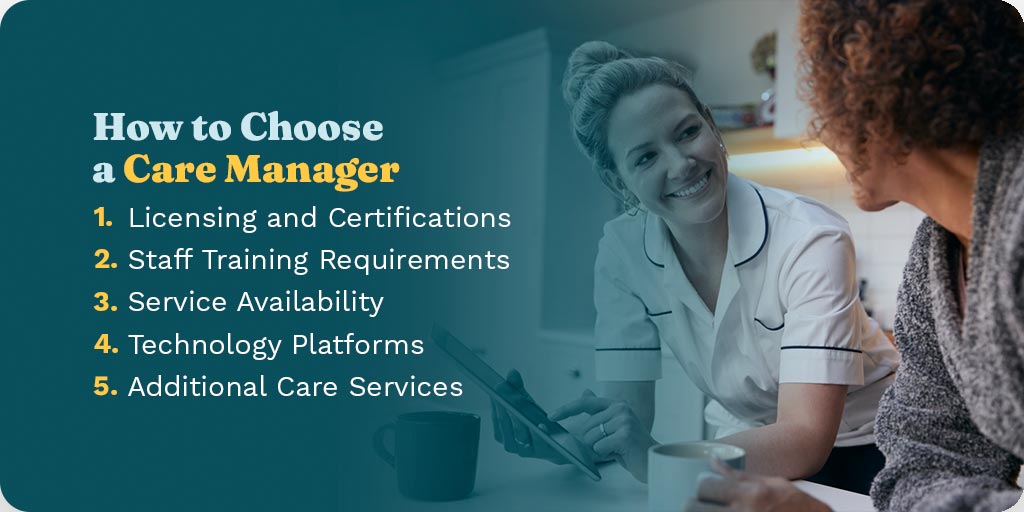
How to Choose a Care Manager
Deciding on a care management provider is a significant task and requires careful consideration. Care management services can vary, and understanding vital factors like licensing and staff training is one of the best ways to find what’s right for each individual. Things to consider when choosing a care management provider include:
1. Licensing and Certifications
Finding the right care manager should start with licensing and certifications. Care management providers must have various licensing and credentials to verify their services and qualifications.
Providers and boards issue certifications and licenses to accredited care management providers. These certifications ensure a provider is reputable and can offer professional and knowledgeable assistance. They can also verify the quality of a care provider’s services, staff and facilities.
Care management providers must have licenses with accredited boards like the Department of Health and home support agencies in their regions. Ensure a care management provider is certified by a reputable board association before moving forward.
2. Staff Training Requirements
Understanding what types of training the care management staff undergo and their qualifications is essential. Care managers can have varying skills and disciplines in health care and ADLs. Some care managers are multidisciplinary and can assist with multiple needs, like scheduling health care appointments and educating clients on their conditions.
Some care management providers ensure that all their care managers have professional health care certifications. With professional certifications, care managers may have training in rehabilitation, chronic illnesses and acute medical illnesses. Staff may also have professional credentials and training in nursing, nutrition, psychology, aging and social work.
Care managers should also have training in daily living activities like grooming, bathing and scheduling physical exercises. Care management providers also use various methods for screening and vetting staff members. It’s essential that a provider has a screening process and can verify care managers’ qualifications and training.
3. Service Availability
Another essential factor is services and support availability. Consider the hours of care a care management provider offers. Understand when staff is available, how often they can provide care and if they are on call if needed. Care management that offers ongoing and around-the-clock support is essential for clients that require regular assistance.
Providing emergency care and daily support is vital in care management. Many care management providers offer 24/7 care and flexible hours and are available throughout the day. They can also provide support as needed and respond in emergencies.
Finding a care management provider that can provide convenient and ceaseless support is key for clients who rely on daily living assistance.
4. Technology Platforms
Communication between clients and providers is crucial when looking for a care management provider. Being able to check up on family members and get updates on care services, health care treatments and daily schedules is essential for families.
Technology and software platforms can help enhance communication between providers and families. Care management providers can have comprehensive platforms to record client information and track medical conditions and other information.
Platforms can be accessible to families allowing them to stay updated with their family members’ health and care. Families need to communicate with providers and check up on their family members at any time.
Care management platforms provide a convenient way of monitoring care providers’ services. They can also offer detailed information about caregivers, certifications and training. Platforms may offer client dashboards that families can access to view medical appointments, care plans and feedback from caregivers and care managers. They can also facilitate communication with the care managers and get assistance with health conditions and progress questions.
Families can also access informative resources that help educate them on various health care requirements and services. Ensure that technology platforms comply with confidentiality standards and have security measures like client approvals and passwords to protect sensitive information.
5. Additional Care Services
Many clients rely on care management services for comprehensive support. Care managers take on various responsibilities and can provide clients with additional daily services.
Support and assistance in emergencies are essential services that different care managers offer. They can also provide transportation services and help with scheduling medical appointments.
Holistic support is vital, especially as clients get older and require additional motivation and assistance with tasks. Creating and updating customer plans to meet each client’s needs is also an essential service care managers should provide.
Custom plans may include additional activities and treatment recommendations to support clients’ physical, social and emotional requirements.
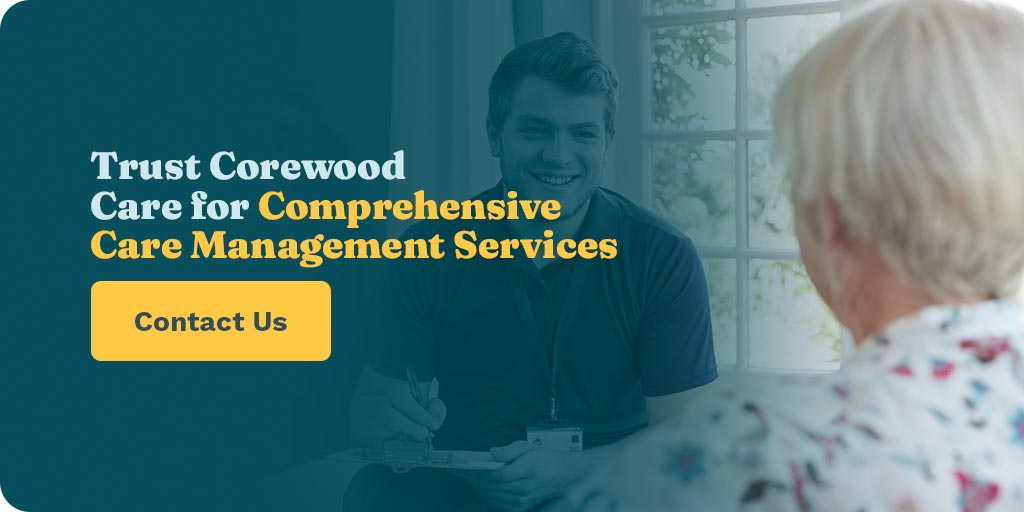
Trust Corewood Care for Comprehensive Care Management Services
Choosing a care manager is a delicate task. Corewood Care offers a comprehensive and personalized approach to care management services.
We offer a holistic care plan and provide specialized services for each client. Our team of qualified and professional staff supports each client’s goals. We create custom plans based on every client’s needs, including health progress and physical activity goals.
Using a care management technology platform, we can gather extensive data on each client to provide specialized care. We can also use data to monitor and enhance caregiver services and client experiences. We offer every client the highest quality care and support.
Contact us online to speak to one of our team members about our comprehensive services.
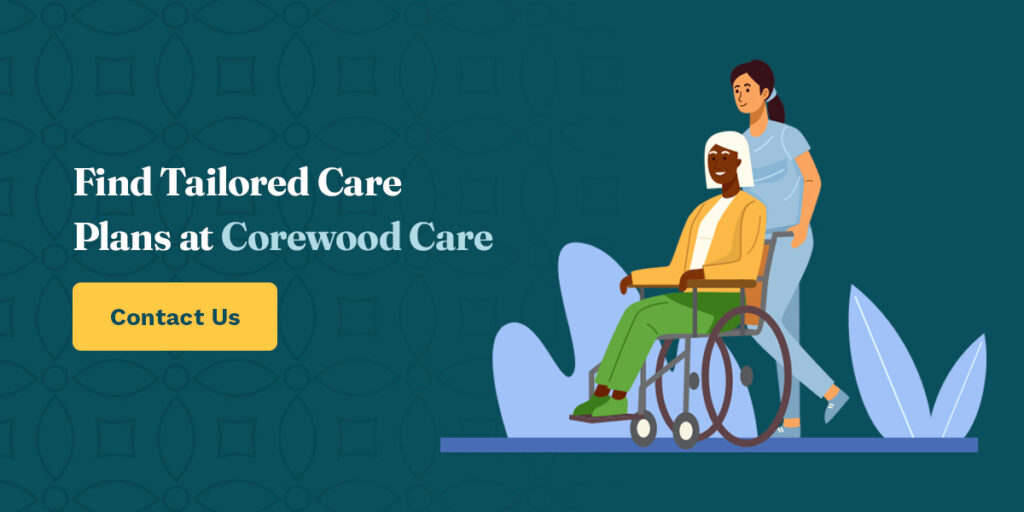

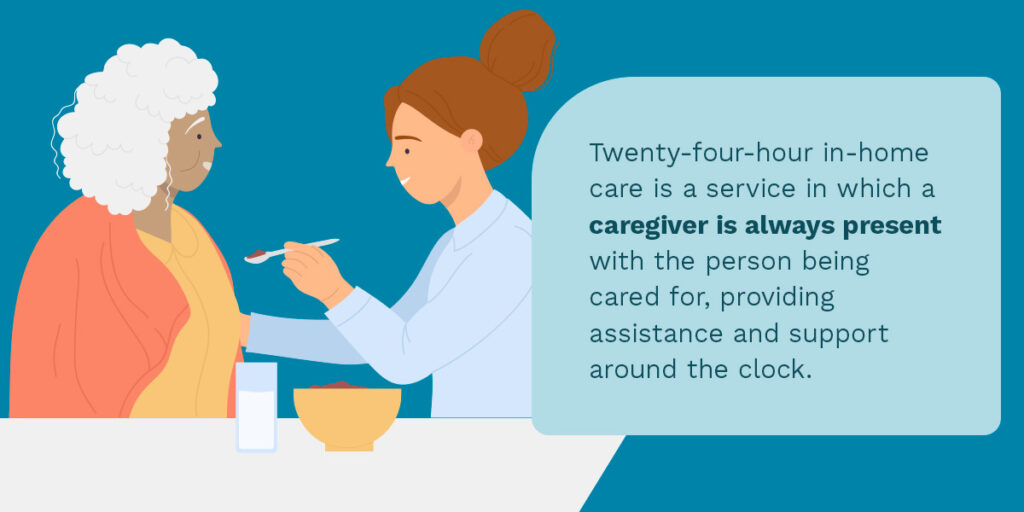
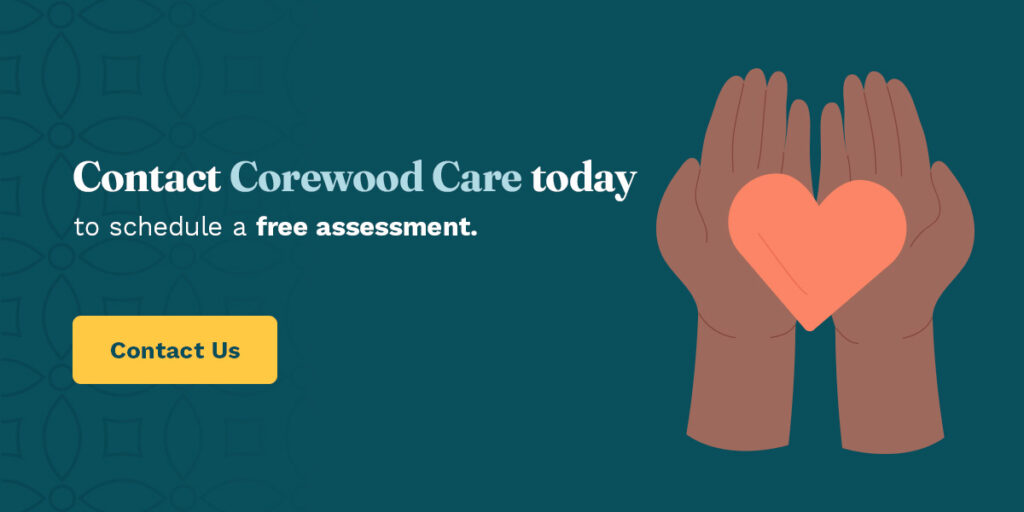
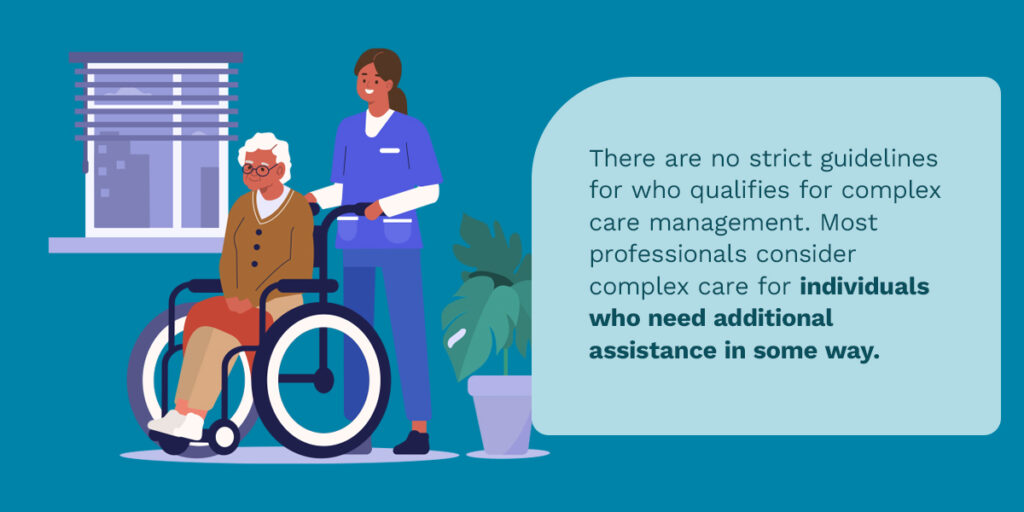


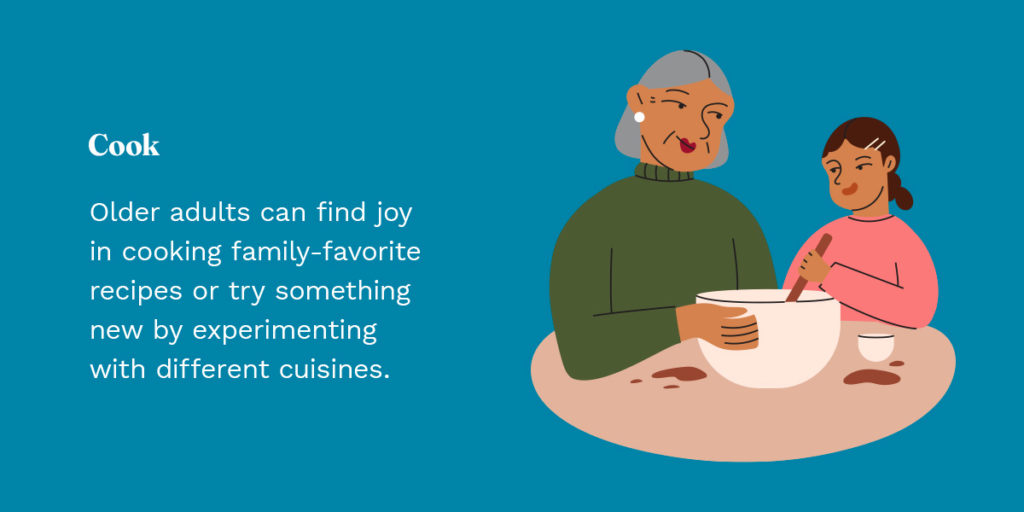
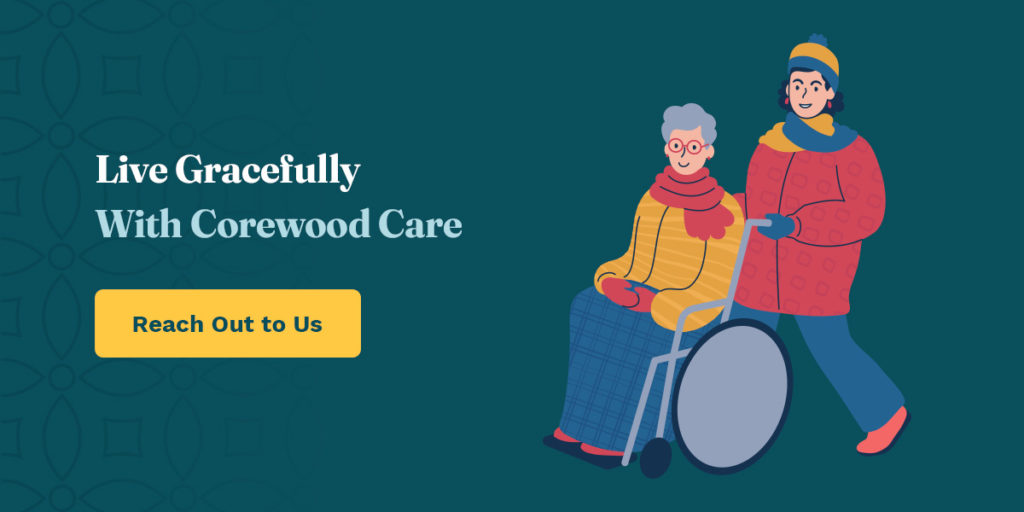
Recent Comments